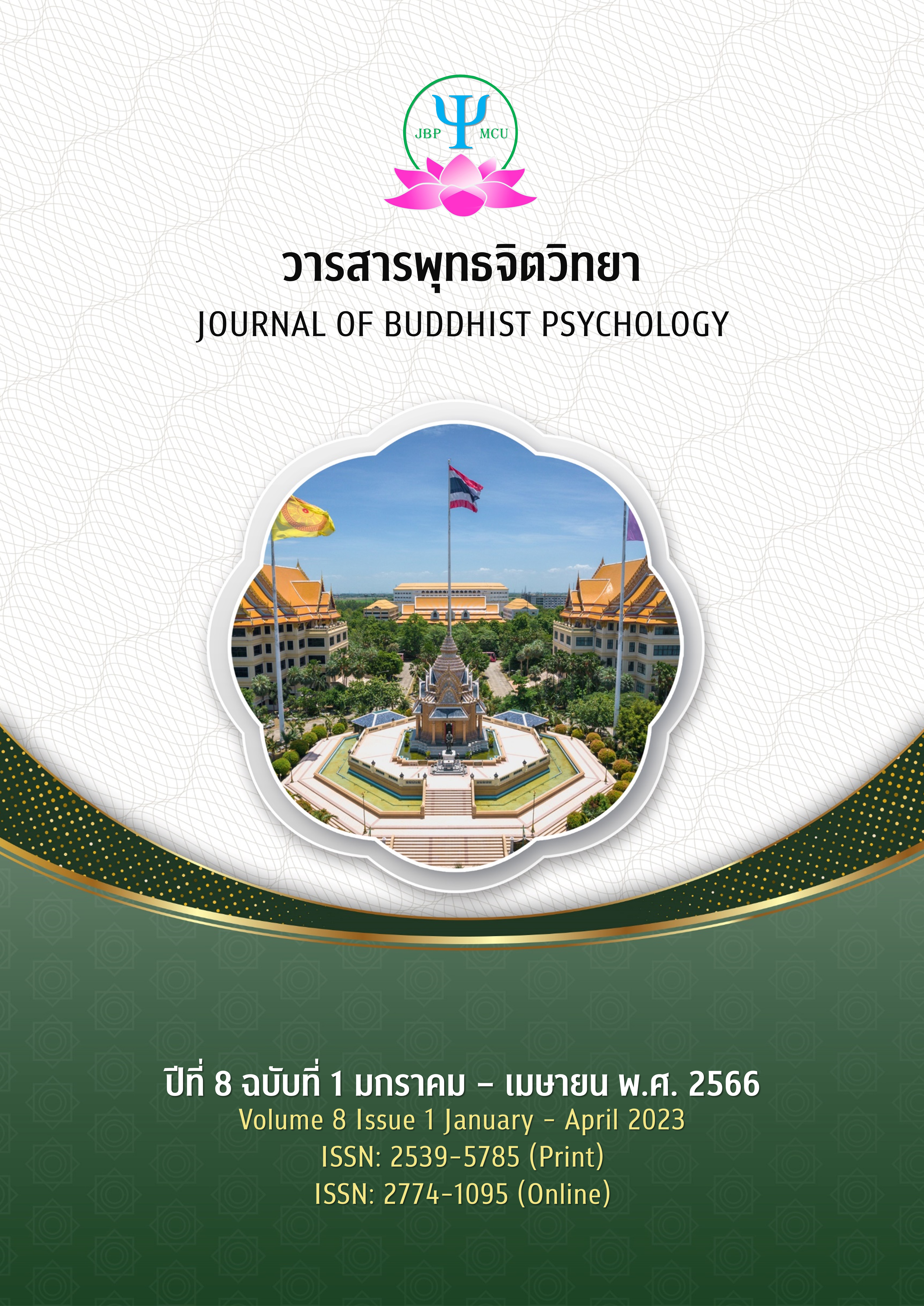Development of Intercultural Competency Indicators of Taekwondo Trainer in the Southernmost Provinces
Main Article Content
Abstract
The objectives of this research were to 1) study intercultural competency indicators of Taekwondo Trainer in the Southernmost Provinces, 2) develop intercultural competency indicators of Taekwondo Trainer in the Southernmost Provinces and, 3) check and assess the consistency of intercultural competency indicators of Taekwondo Trainer in the Southernmost Provinces. The data collection was divided into three parts; each of which employed different types of research instruments. An open-ended questionnaire was used in the first part to obtain the information, The sub-questions were sorted and only the useful information was selected to develop a questionnaire for the second and third parts. The research tools were the specialist interviewing form for intercultural competency indicators. The data were analyzed using descriptive statistics including frequency, percentage, means, standard deviation, Pearson Correlation Coefficient, second-order confirmatory factor analysis, and content analysis was also conducted to derive and present the following key values; Median (MD), Interquartile Range (IR) and (|Md-Mo|).
The result of this research found that; 1) The desirable intercultural competency indicators consist of 4 components and 12 indicators. (1) Personal cultural characteristics with 3 indicators. (2) Cultural awareness with 2 indicators. (3) Cultural knowledge with 3 Indicators. and (4) Cultural skills with 4 indicators. 2) To develop indicators of intercultural competency indicators by EDFR research method; 17 experts had a consensus in the same direction which can be seen that the obtained empirical data was high level (Md. ≥3.5), the consistent opinion in each trend (QR ≤ 1.5) and it is a desirable trend (value of 85% or more). Finally; 3) desirable intercultural competency indicator quality assurance audits the overall appropriateness at a high level (𝑥̅ = 4.19, S.D = 0.93).
Article Details

This work is licensed under a Creative Commons Attribution-NonCommercial-NoDerivatives 4.0 International License.
References
บุญเรียง ขจรศิลป์. (2543). วิธีวิจัยทางการศึกษา. พิมพ์ครั้งที่ 5. กรุงเทพฯ: พี.เอ็น.
ณิชาภา จันทร์เพ็ญ และ วรรณี แกมเกตุ. (2555). การพัฒนาตัวบ่งชี้และแบบวัดสมรรถนะข้ามวัฒนธรรมของครู: การทดสอบความไม่แปรเปลี่ยนตามภูมิหลังของครู. วารสาร อเล็กทรอนิกส์ทางการศึกษา, 8, 1151-1165.
วิเชียร พันธุ์เครือบุตร. (2557). สมรรถนะการประกอบวิชาชีพและการทางานข้ามวัฒนธรรมใน ประชาคมอาเซียนของบัณฑิตไทย. วารสารการพัฒนาชุมชนและคุณภาพชีวิต, 2(2), 225-232.
ศิริชัย กาญจนวาสี. (2550). ทฤษฎีการประเมิน. พิมพ์ครั้งที่ 6. กรุงเทพฯ: สามลดา.
ศิริพันธุ์ ศิริพันธุ์ และประณีต ส่งวัฒนา. (2557). วิธีการสอนเพื่อส่งเสริมสมรรถนะทางวัฒนธรรมของนักศึกษาพยาบาลตามแนวคิดทฤษฎีของ แคมพินฮา-บาโคท. วารสารมหาวิทยาลัยนราธิวาสราชนครินทร์, 6(1), 146-157.
Annandale, N. O., Heath, M. A., Dean, B., Kemple, A. and Takino, Y. (2011). Assessing Cultural Competency in School Crisis Plans. Journal of School Violence, 10(1), 16-33.
Caligiuri, P., Tarique, I. (2012). Dynamic cross-cultural competencies and global leadership effectiveness. Journal of World Business, 47, 612–622.
Johnson,J.P.,Lenartowicz, T. and Apud, S. (2006). Cross-cultural Competence in International Business: Toward a Definition and a Model. Journal of International Business Studies, 37, 525-543.
Lister, P. (1999). A taxonomy for developing cultural competence. Nurse Education Today, 19(4),313-318.
Martin, M. and Vaughn, B. E. (2007). Strategic Diversity and Inclusion Management magazine. San Francisco, CA: DTUI Publications Division.
Ramula, S. S., Rose, R. C., Uli, J. & Kumar, N. (2010). Personality and Cross-Cultural Adjustment among Expartriate Assignees in Malaysia. International Business Research, 3(4), 96-104.

